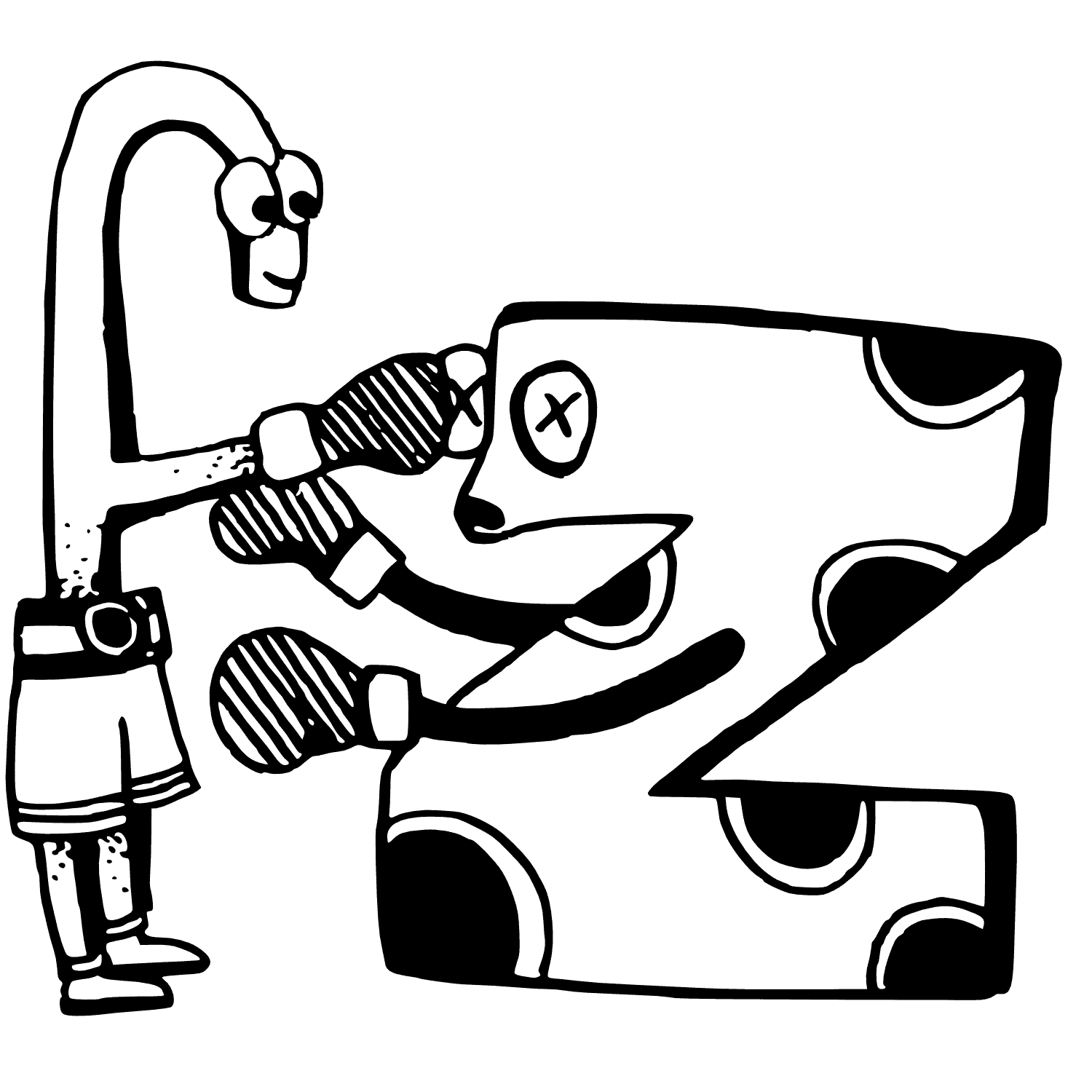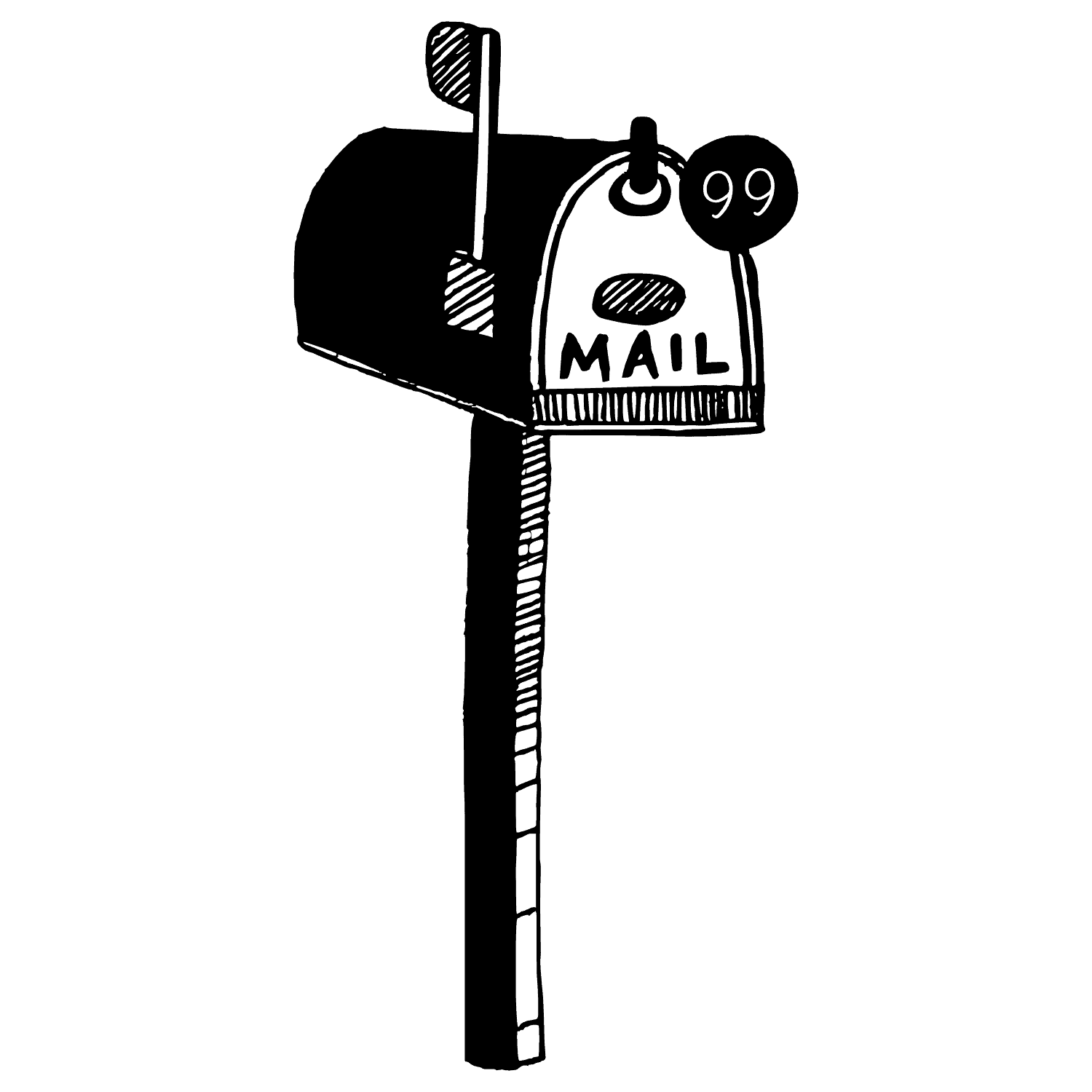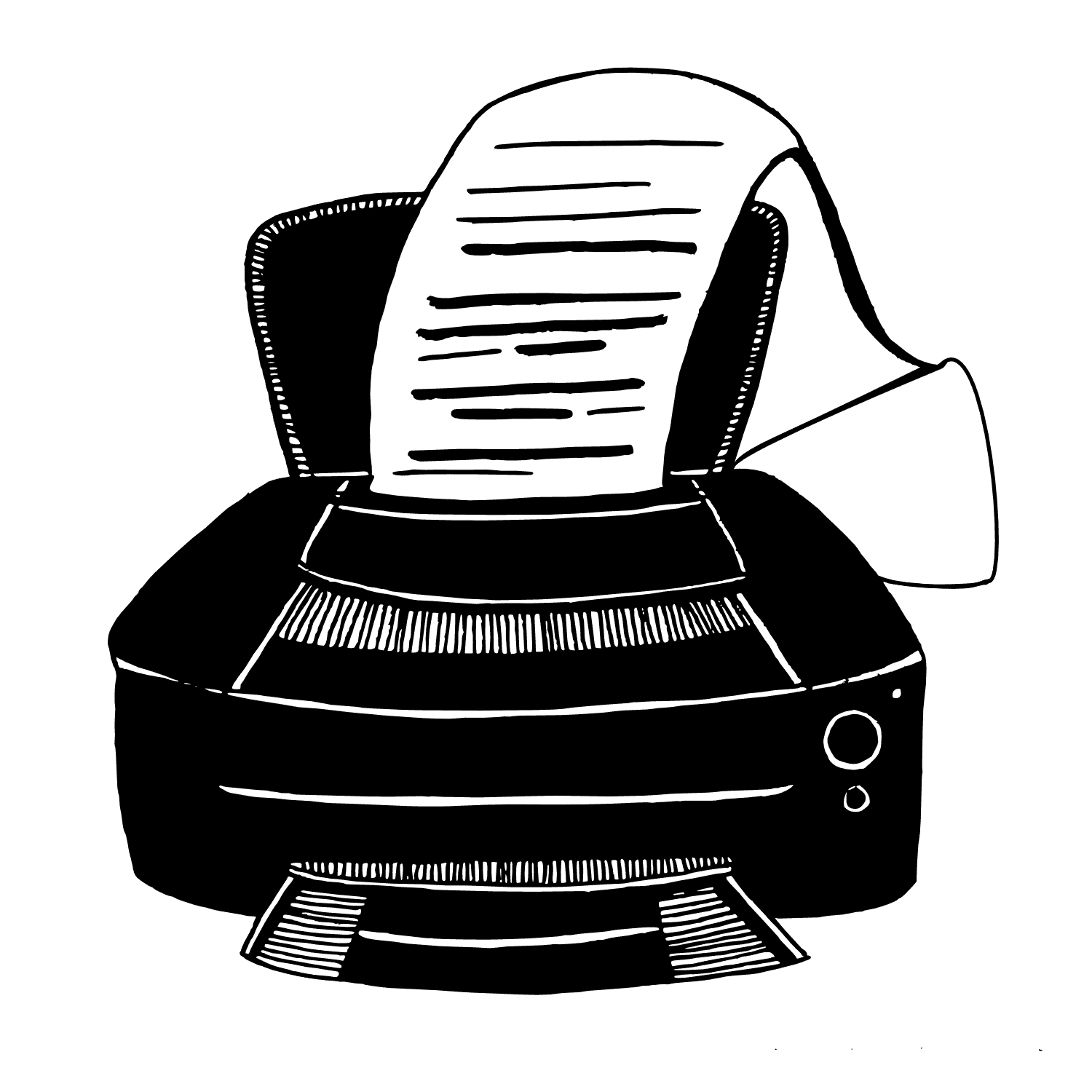Is your website environmentally friendly?
Having an environmentally friendly website may not be top of everyone’s list of priorities right now, but it should be and we think it soon will be.
Having an environmentally friendly website may not be top of everyone’s list of priorities right now, but it should be and we think it soon will be.
Just like eco-friendly vehicles becoming a must due to the impending ban on petrol and diesel cars, we believe eco-friendly websites will eventually be the way forward.
Many users don’t realise that there are carbon emissions associated with their online browsing and think digital is actually ‘greener’ because it’s paperless. However, every single page view online has a carbon output. As a result, it is important that websites do their bit to reduce these emissions.
Did you know that Greenpeace, an organisation dedicated to protecting the environment, has a website which is dirtier than 85% of web pages tested? They’ve actually called out the IT sector for consuming an estimated 7% of global electricity (as quoted on the websitecarbon.com calculator that shows how dirty a web page is). This goes to show that even if you are making a conscious effort to be eco-friendly, there is always more you can do.
So in order to make your website more environmentally friendly, here are some simple steps to help. This is not an exhaustive list but offers a starting point for you to consider. The bonus of the below is that many shouldn’t cost much or even anything at all.
Some servers out there, such as Web Neutral Project and HostGator, are eco-conscious to the point where they are powered by wind energy. This ensures that they are keeping a lid on their carbon footprint and providing an environmentally friendly service. We use UKFast who offset their carbon output and are carbon neutral. There are lots of factors that you should consider for the hosting of your website, but this should be a key aspect of your decision. Also if you’re wondering whether this means the hosting will cost more, the answer is often no.
Everyone likes having a good-looking website with plenty of colours, features, videos and images. However, when it comes to being more environmentally-friendly, less is more. By having more graphics and videos, you slow down your website speed and require more server requests and bandwidth to load these elements.
Making sure your website has efficient code, compressed images and carefully-chosen animations that will help to increase its overall speed. This will keep your website greener as it will mean your site is light, fast and doesn’t waste power by demanding large requests from the server.

Having good navigation, that is making it easy for users to find the content they are looking for, should be the aim of any website. This is crucial in order to have good UX. However, this also has environmental benefits. An average page load emits around 1.76g of carbon; if a user goes to a page but doesn’t find what they are looking for, they click onto another page. This is, therefore, carbon that was emitted for no reason. Consider a focus on UX as having multiple benefits – it is likely to improve conversions and can give you a more sustainable website.
Every aspect of your website has code behind it. Images, text and fonts. If you reduce how many fonts are on your website and are careful in which fonts you do choose, you will reduce the amount of loading time that is needed for them. In turn, this means fewer server requests and less carbon that is emitted with each page view. System fonts are one of the best choices available. They are already installed on local computers and therefore load quickly. We get that you might have a particular font you love for how it looks, but you could always use that for headers and go for a system font for the body text.


Email marketing is a great way to grow sales. However, every newsletter you send out will have a certain amount of emissions associated with it. We all know we are subscribed to mailing lists that aren’t relevant any more or where we quickly hit the delete button. We should be unsubscribing from those, but also be considering what content we send out. If you send out fewer and more targeted newsletters, you may actually get better results and improved conversions. Furthermore, if you explain your approach in your newsletter perhaps in just a couple of lines, it may help you to build an appreciation for what you are doing. More and more consumers are looking out for companies that are doing their bit for the environment.
While it is best to avoid printing unless you need to, there are going to be times when you absolutely have to print from a website. Have you ever printed off a webpage and ended up with a disorganised, multicoloured mess? This may result in you having to print off the page multiple times before you get something legible or the content you need.
This process could be entirely avoided if webpages were optimised for print in the first place. We can customise the content on pages that may need to be printed in order to ensure that they are optimised and minimised for print. This could hide the header, footer or any other aspects of the website that won’t be needed in a print-out and reduce fonts and paddings. It could also remove any colours so it is more ink efficient. The result could be a printed out page on one sheet of paper using a small amount of ink compared to three sheets using many colours.

We get that the environmental impact of our websites may not be something which naturally comes to mind when considering how to be more sustainable. This means it is even more important to let everyone know the importance of making websites more efficient. With efforts to protect the environment rapidly increasing, everyone is on the lookout for more ways to be a bit more eco-friendly. As shown above, this can easily be done with either little or no additional costs too.
Digital technologies are responsible for 4% of gas emissions and this is a growing figure: it is expected to double to 8% by 2025. Right now we are still in the middle of the COVID-19 pandemic and nearly everyone is being forced to work virtually so that 8% estimate is likely to go up if it hasn’t already. While lockdowns across the world have had huge benefits for the environment, which are frequently in the news, very little has been said about what the increased use of the web and devices has contributed.
Admittedly, the amount of carbon emissions being reduced through the lack of transport, travel, manufacturing and more is likely to be higher than the additional Internet usage. However, imagine if all of the work being done online at the moment was more efficient and took into consideration the points above. That could do even more to reduce the CO2 output.
If more individuals and businesses thought about their websites when they consider their environmental impact, it could make a measurable difference. We can’t wait for the day when a prospective or existing client approaches us and asks us to help them with this. For now, we are going to do our bit by talking about this topic a lot more and producing services that can help.
Here at We Create Digital, we provide sleek, streamlined websites which are optimised for your users and business. We understand the importance of the environment when it comes to digital solutions and we know how to produce them regardless of what your organisation does.
If your website has already been made and is slow or unresponsive, or you want to reduce the impact it has on the environment, then we can help. We can also provide professional advice and consultation if anything about achieving an eco-friendly website still remains unclear.
For any enquiries, or to find out more about our services, contact us to speak to a member of our team.